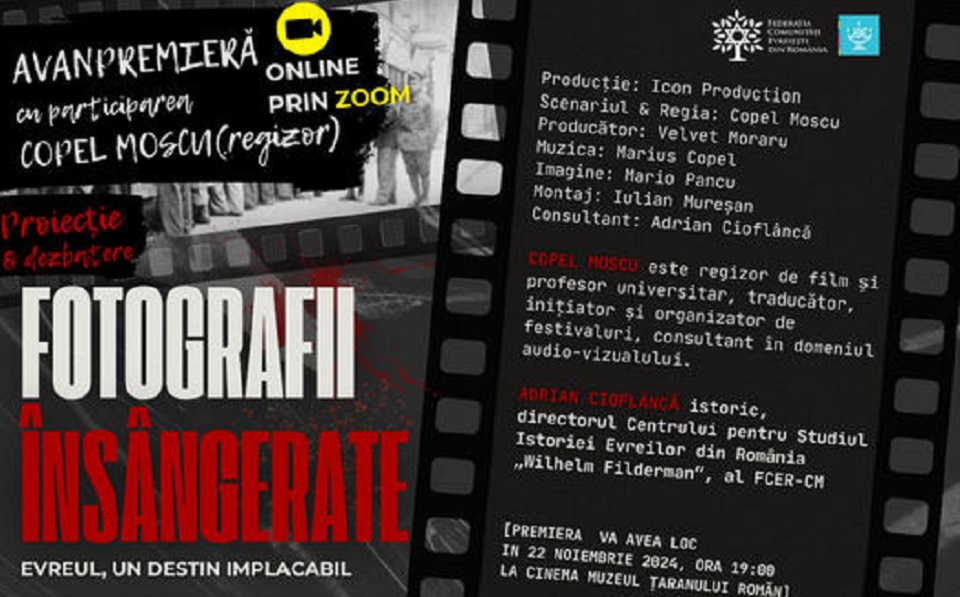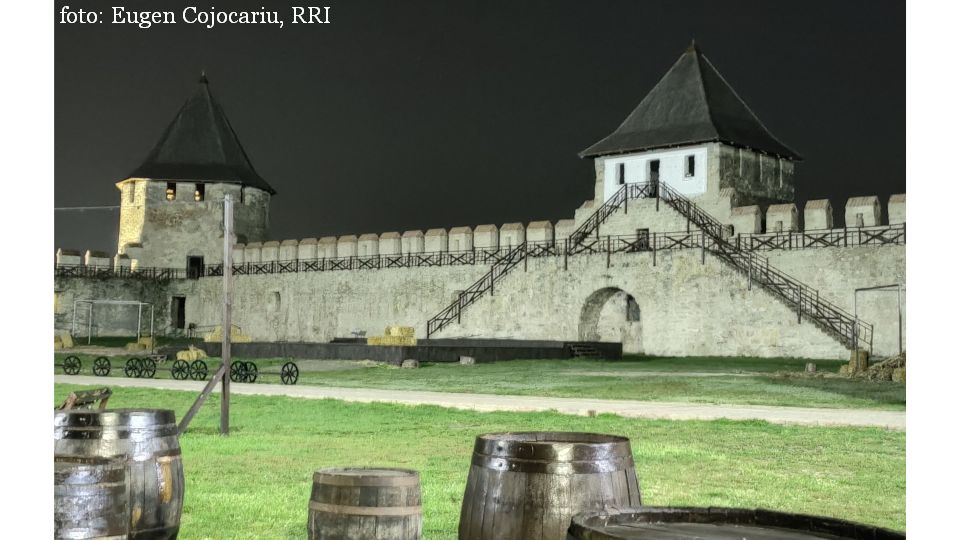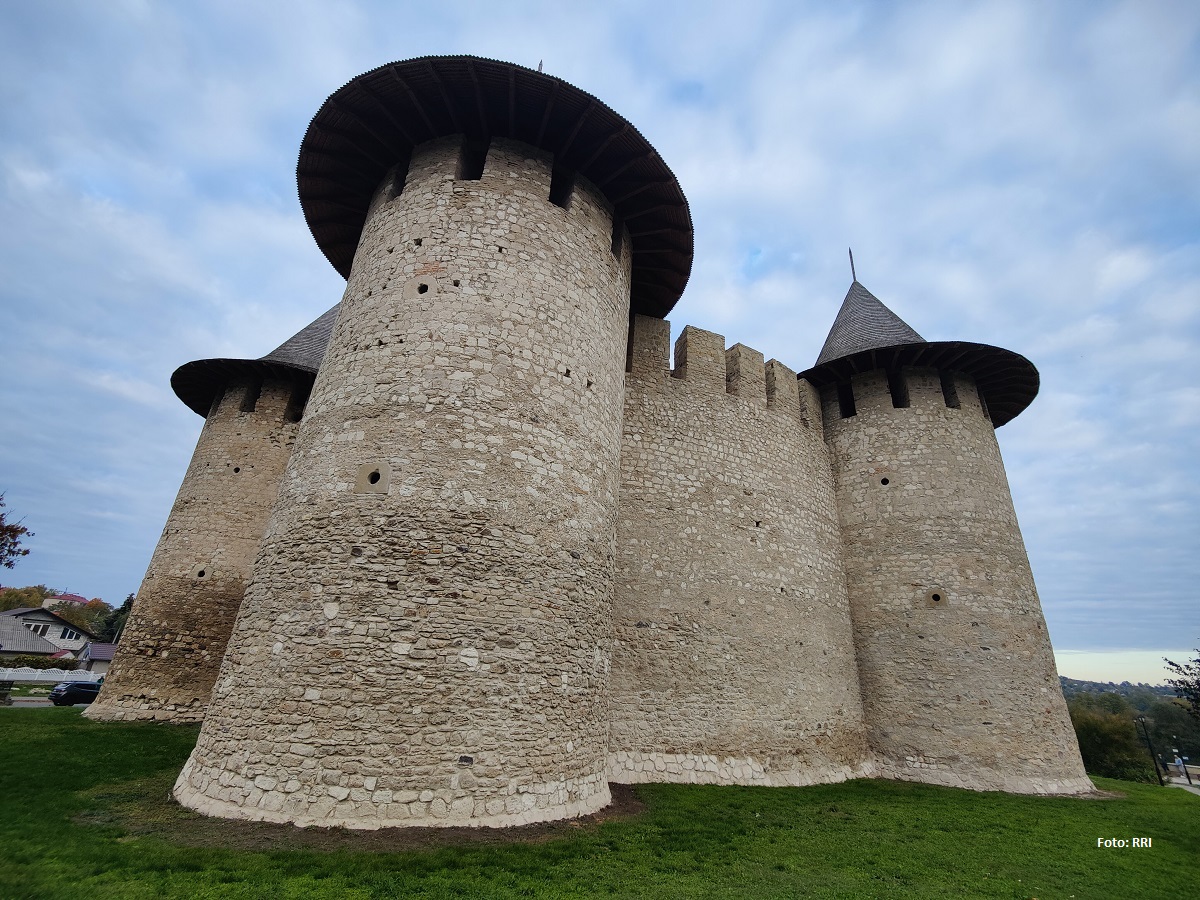St Ana Monastery in Rohia
Known for its ancient traditions and pristine landscapes, the northern region of Maramures is also the ideal location for monasteries and hermitages.

Christine Leșcu, 30.04.2016, 14:52
The Saint Ana monastery in the village of Rohia is one of the most beautiful monasteries in this region. Construction works began in 1923 but it wasn’t until three years later that the monastery was consecrated. Located in a mountain area, in the Lapus valley, the monastery is closely linked to the name of writer and hermit Nicolae Steinhardt, who retreated there towards the end of the 1980s.
A former political prisoner of the communist regime, Steinhardt is the author of The Happiness Diary, an iconic book about spiritual survival in communist prisons. The monastery in Rohia provided the perfect retreat for Steinhardt, who was in love with nature and simple living.
Father Macarie Motogna, the abbot of the St Ana Monastery, tells us more about this charming location: “The monastery is located on top of a hill, at an altitude of 550 metres, in a forest of beech and oak trees. Visitors to the monastery can also visit its new church, which is very beautiful. It has a tall spire, like all churches in Maramures, and a porch in the Brancoveanu style, with Gothic elements and a roof in the style of Moldavian architecture. The church is home to an icon of the Virgin Mary. The monastery library is also open for visitors. Its collection of 40,000 books covers a wide range of subjects, from theology to history, the arts, medicine, philosophy and literature. Nicolae Steinhardt was the first to archive all the books in the library. The monastery’s chapel is equally interesting. It has an exceptional altar screen which is unique in Romania because, apart from religious figures and scenes, it also features portraits of a number of cultural figures.”
The peace and quiet he enjoyed at St Ana Monastery allowed Nicolae Steinhardt to pursue his literary activities. He wrote many articles here, read a lot and held many intellectual discussions with young people seeking his spiritual guidance.
The monastery’s current abbot Macarie Motogna tells us more: “The cell where Nicolae Steinhardt used to live is a great point of attraction for both pilgrims and tourists. Steinhardt, who was from Bucharest, was a Jew before he went to prison, where he converted to Christianity. He left his Mosaic faith to become an Orthodox. He spent the final nine years of his life in Rohia, from 1980 until 1989. His best-known book is The Happiness Diary, which has also been translated into several foreign languages. Visitors to St Ana Monastery can also have a look inside the monastery’s museum, which contains many icons painted on glass and wood dating back to the 17th and 18th centuries, as well as religious books written in the Romanian language using the Cyrillic and Old Church Slavonic alphabet. The oldest books date from 1643 and 1652 and are heritage objects.”
The atmosphere at St Ana Monastery, with its library and the surrounding nature, were perfectly in tune with how Nicolae Steinhardt understood his faith. University professor Virgil Ciomos, who used to visit Steinhardt in Rohia, remembers: “I was surprised how convinced he was about the reality of Christ’s existence. He was someone who not only possessed this spiritual belief, but who also managed to transmit this strong belief to his interlocutors. His candour was the result of his kindness and generosity. He appeared younger than most of his visitors. First of all, he was very dynamic, he never stood still. He would punctuate his words by stamping his crutch, which he started using after breaking his thighbone. He always spoke with such liveliness, that it was a pleasure just to watch him. He wasn’t somebody who had to be the centre of attention at all times, but even his smile and his silence and the way he avoided responding to provocations made him a fascinating figure.”
And if a few hours are not enough to absorb the special atmosphere in Rohia, visitors can always spend a few days there, because accommodation is also available inside the monastery.






























